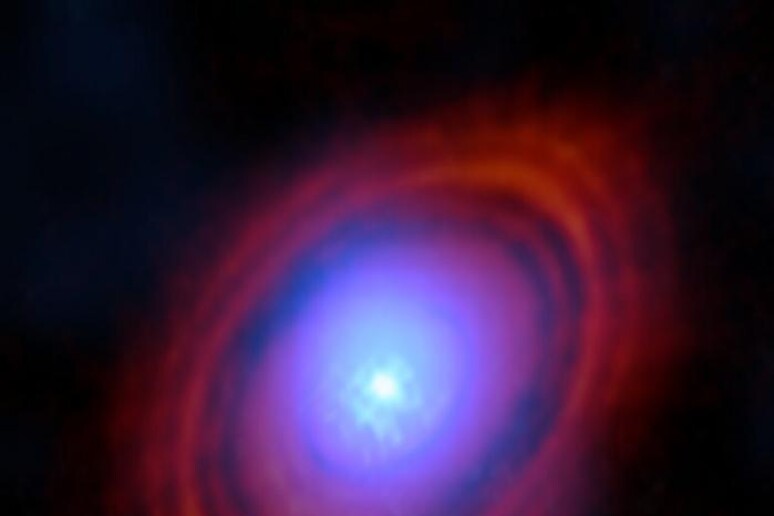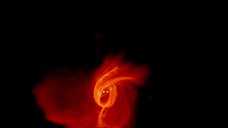The water of three Earth oceans has been seen in the form of water vapour in a cradle of planets around a young star.
This is the first time that the role of water in the birth of planets has been observed and the results, published in the Nature Astronomy journal, were achieved thanks to international research based on data from the European Southern Observatory's Alma radio-telescope and coordinated by an Italian group from Milan's Università Statale led by the astrophysicist Stefano Facchini.University of Bologna astronomer Leonardo Testi also contributed to the study.
"I never imagined being able to take a photo of water-vapour oceans in the same region in which a planet is probably forming," Facchini said.The large quantities of water vapour were spotted in the regions inside the disc of HL, a young star similar to the Sun that is 450 light years away.For the first time the study shows how water can have a crucial role not just in the birth of life, but also in the dynamics that lead to the birth of planets.
The incredible vision of Alma, the Atacama Large Millimeter/submillimeter Array, the only instrument capable of providing such detailed analysis, made it possible to identify water vapour released by the dust grains covered in ice that surround the young star.They are small clumps that give life to bigger and bigger bodies via collisions.
Riproduzione riservata © Copyright ANSA













